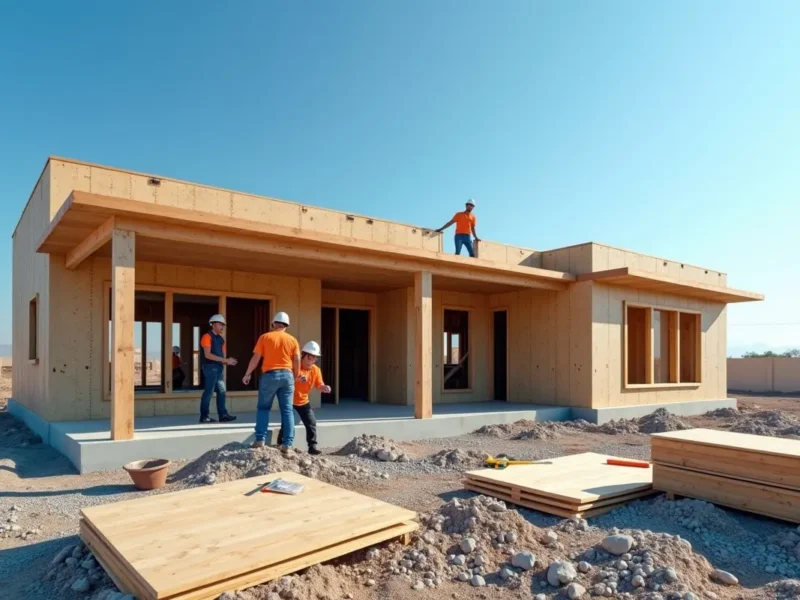Renovating a historic house is a captivating endeavor that allows homeowners to breathe new life into a cherished piece of history. Preserving the unique character and architectural elements while incorporating modern comforts requires careful planning and execution. In this article, we will explore top renovation strategies that will help you navigate the restoration process and maintain the charm and authenticity of your historic home.
Contents
- 1 Conducting Thorough Research
- 2 Preserving Historic Features
- 3 Upgrading Infrastructure and Systems
- 4 Enhancing Energy Efficiency
- 5 Renovating Kitchens and Bathrooms
- 6 Preserving the Old Fireplace
- 7 Restoring Exterior and Landscaping
- 8 Ensuring Structural Integrity
- 9 Maintaining Historical Accuracy
- 10 Conclusion
Conducting Thorough Research
Before embarking on a renovation journey, it is essential to conduct a thorough research about your historic house. Dive into its history, architectural style, and any preservation guidelines or regulations that apply. Understanding the origins of your home will guide your decision-making process throughout the renovation. An additional tip is renting a 40 yard dumpster, which can make large home renovation project waste removal much easier.
Engage professionals experienced in historic renovations, such as architects and preservation consultants, who can offer valuable insights and expertise. By laying a strong foundation of knowledge, you can make informed choices that honor the history and integrity of your house.
Preserving Historic Features
Preserving and restoring the original features of your historic house is a key aspect of any renovation project. These features embody the character and charm of the era in which the house was built. Assess the condition of each architectural element and prioritize its preservation. For instance, pay special attention to the old fireplace, which often serves as a centerpiece and a nostalgic symbol of warmth.
Upgrading Infrastructure and Systems
While preserving historic features is important, it is equally crucial to upgrade the infrastructure and systems of your historic house. Outdated electrical, plumbing, and HVAC systems can pose safety hazards and impact the functionality of your home. Work with professionals who understand the delicate balance between modernization and preservation. They can guide you in upgrading these systems to meet current standards while respecting the historic integrity of the house. By seamlessly integrating modern comforts, you can enhance the livability of your historic home without compromising its authentic charm.
Enhancing Energy Efficiency
Improving energy efficiency is a vital consideration in any renovation project. Striking a balance between energy efficiency and historic authenticity is achievable. Evaluate your house’s insulation needs and make necessary upgrades to minimize energy loss. Consider installing energy-efficient windows and doors that blend seamlessly with the architectural style. These updates can significantly reduce energy consumption while preserving the character and aesthetic appeal of your historic home.
Renovating Kitchens and Bathrooms
Renovating the kitchens and bathrooms of historic houses requires a delicate blend of modern functionality and historic charm. Seek inspiration from the era in which your house was built and incorporate period-appropriate fixtures and finishes. By striking the right balance, you can create spaces that are both visually pleasing and practical. Maximize storage while preserving architectural details that give a nod to the house’s past. A careful selection of materials and fixtures will allow your kitchens and bathrooms to seamlessly blend with the overall character of your historic home.
Preserving the Old Fireplace
One of the most cherished architectural features in a historic home is the old fireplace. It serves as a focal point and provides a warm and inviting ambiance. Preserving the old fireplace during your renovation is essential to maintain the historic charm of your house. Assess its condition and consult with experts in fireplace preservation and restoration. They can guide you in necessary repairs or restorations while ensuring its authenticity. To explore options for preserving or restoring your old fireplace, consider consulting a professional hearth and fireplace installer.
Restoring Exterior and Landscaping
The exterior of your historic house tells a story and contributes to its overall aesthetic appeal. Restore its original splendor by repairing and repainting siding, windows, and trim. Pay attention to details that define the house’s style and era. Enhance the landscape with historically appropriate elements, such as period-inspired plantings and walkways. A well-restored exterior and beautifully landscaped surroundings will truly showcase the unique character of your historic home.
Ensuring Structural Integrity
Ensuring the structural integrity of your historic house is of utmost importance. Address any structural issues or concerns promptly by consulting with engineers and architects experienced in working with historic properties. They can assess the stability of the foundation and provide guidance on necessary repairs or reinforcements. Prioritizing structural integrity during the renovation process will ensure the longevity of your historic home.
Maintaining Historical Accuracy
Throughout the renovation, strive for historical accuracy to maintain the authentic charm of your historic house. Select materials and finishes that align with the house’s era and architectural style. Pay attention to details such as molding, trim, and hardware to ensure they match the period. Document any changes made during the renovation process, providing a record of the house’s evolution over time. By maintaining historical accuracy, you preserve the heritage and value of your historic home.
Conclusion
Renovating a historic house is a rewarding experience that allows you to honor the past while creating a home that meets modern needs. By conducting thorough research, preserving historic features like the old fireplace, upgrading infrastructure and systems, enhancing energy efficiency, renovating kitchens and bathrooms, restoring the exterior and landscaping, ensuring structural integrity, and maintaining historical accuracy, you can successfully navigate the renovation process. With careful planning and the expertise of professionals, you can breathe new life into your historic house, preserving its charm and legacy for generations to come.



